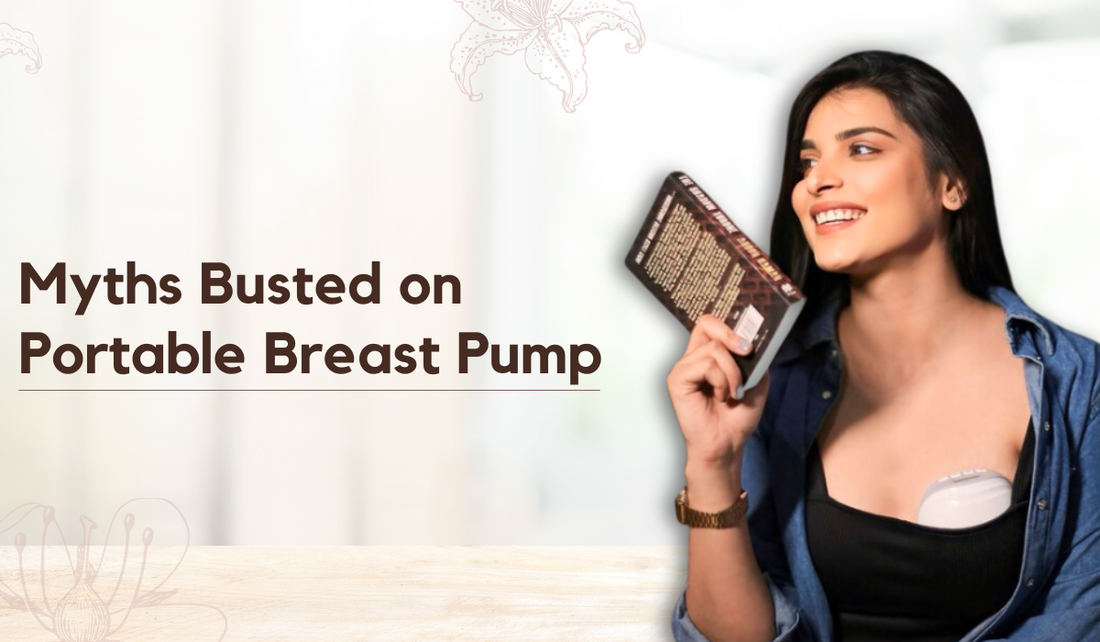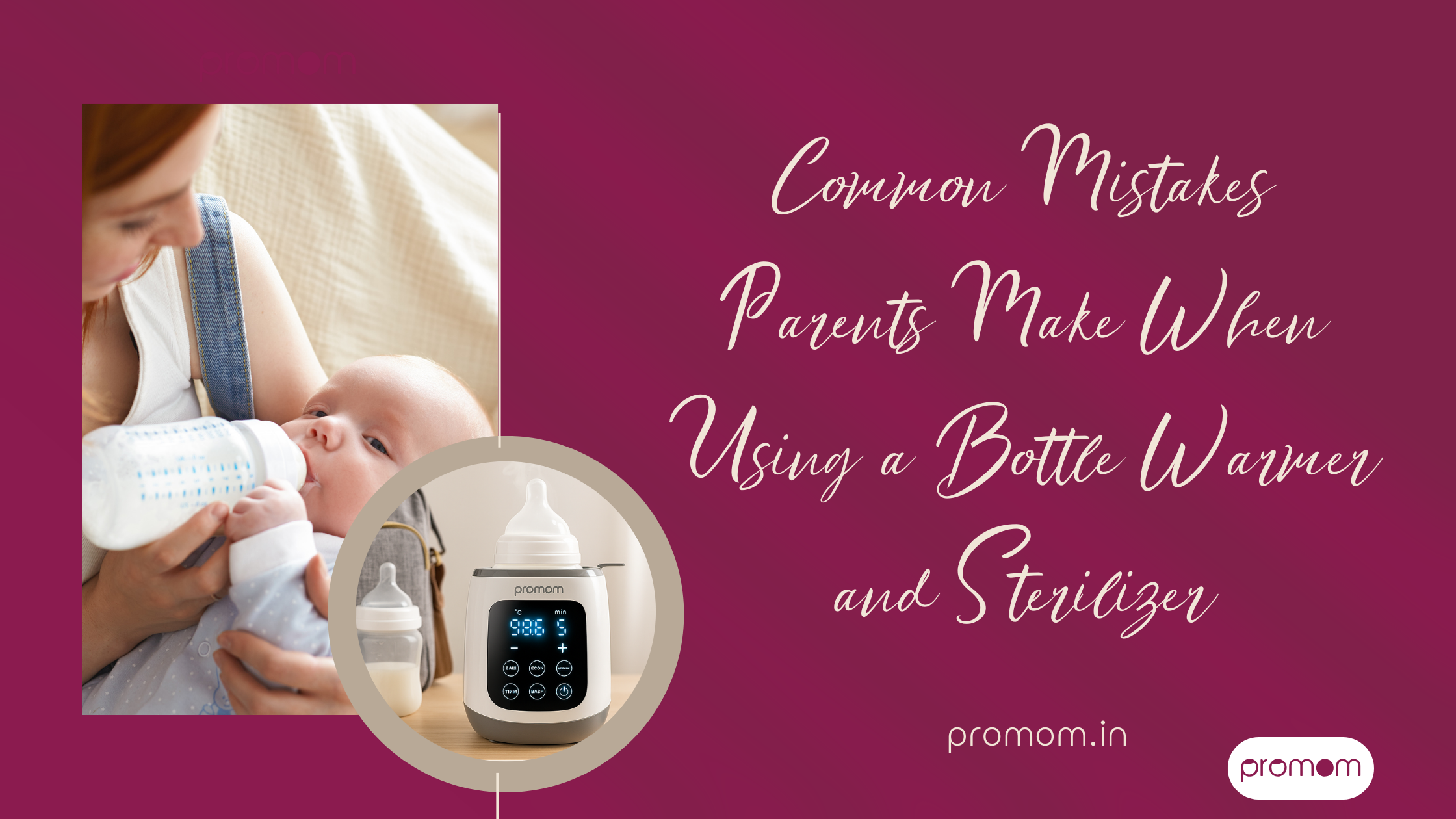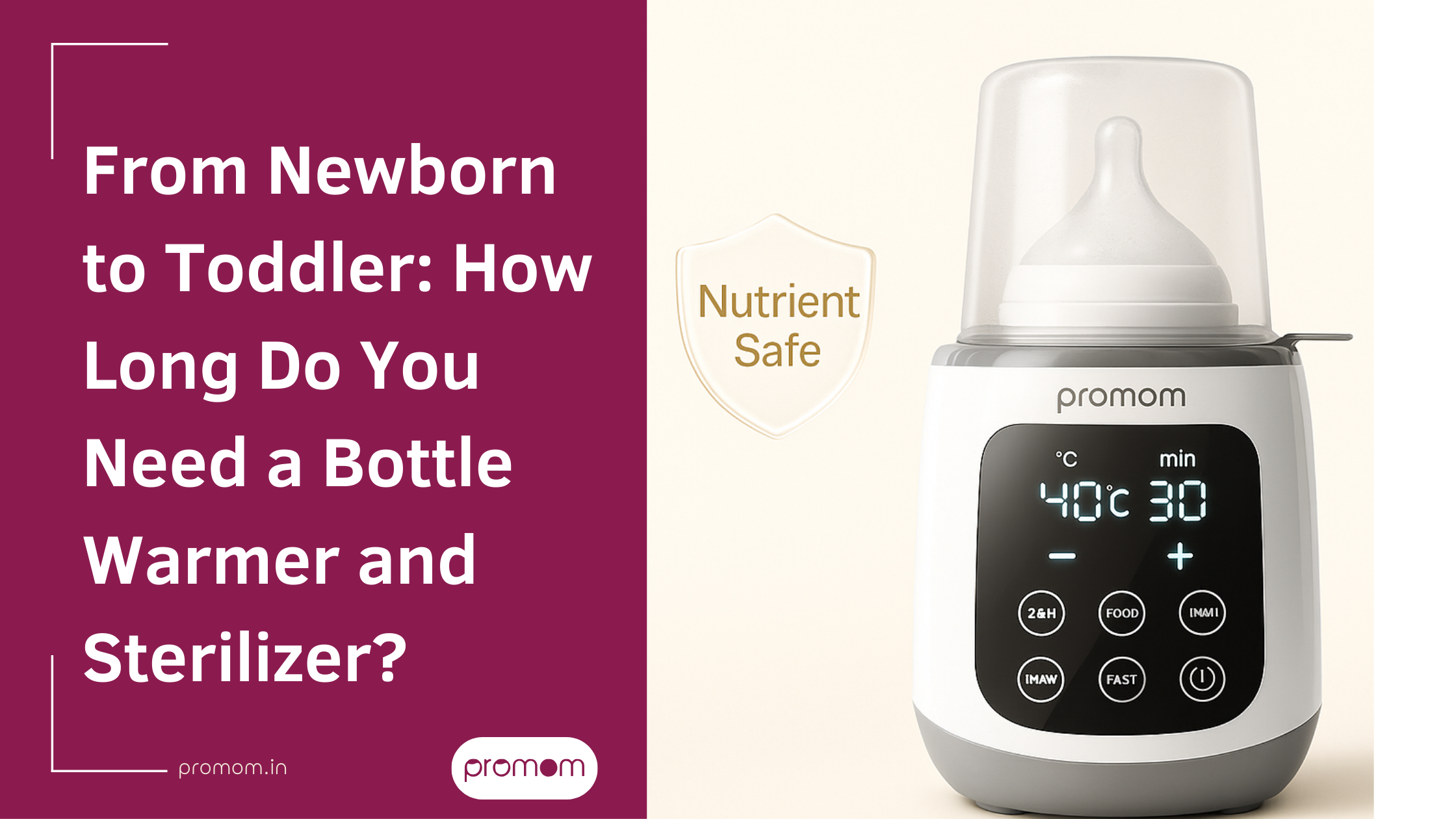
websiteMyths Busted on Portable Breast Pump
Bottle nursing offers nursing mothers with flexibility on when they need to pump milk and where to pump the milk from. However, there are some myths and misconceptions associated with these handy devices that you will find are true in some cases but not in others. In this article, the author deals with the portable breast pump myths that people come across rather often and tells why they are not true at all.
Myth #1: The Efficiency of Portable Pumps Is Lower Than That of Standard Pumps
Some moms believe that although there is much convenience with these portable pumps, they are not efficient at fully emptying the breasts or effectively expressing the milk as the standard electric pumps. Nevertheless, portable pumps used today are not only less advanced than the old ones but also have abilities to pump as effectively as the old ones.
Given that portable pumps are charged using batteries, USB connection, or directly from wall sockets, they can deliver the same level of suction power and pumping to express approximately the same amount of breast milk. Hence, the challenge lies in identifying a portable pump which has been especially made to duplicate the suck-and-pull motion and pressure of an electric pump.
Myth #2: The Milk That Has Been Pumped With A Portable Device Cannot Be Stored
A related myth is that milk produced using a portable pump cannot be saved for later use ‘on the road’. This perception probably has something to do with portable pumping that uses collection in bags rather than bottles. Yet, when it’s pumped into any container or BPA-free storage bag, it remains just as suitable for freezing or refrigeration as before.
Just as with any pumped milk, label the storage bag and discard as necessary within the stipulated time frame depending on the safe storage practices. Although portable pumping allows for flexibility in milk storage location, moms can freeze milk as long as it meets temperature and dated storage requirements.
Myth #3: Hand-portable Pumps Involve A Compromise of the Milk Supply
Some nursing mothers are concerned that using a portable pump against using a hospital-grade unit frequently may harm their milk production rate. Nevertheless, according to many studies, it does not have any adverse effect on the amount of breast milk produced or the time taken to produce it when the mother uses a portable pump.
It is important to note that while the type of pump device has no influence on the milk supply, frequent and effective expression of the breasts does. The best way to inform your body to produce more milk is to feed your breasts and to do it quite often and make sure that the breast milk is completely expressed. Therefore, as long as a portable device has not left the breasts fully dry, it should not disrupt the process of milk supply.
Myth #4: Portable Pumps Are Only Meant For Occasional Usage And Not For Continuous Use
On the same note, some have argued that portable breast pump function in such a unique manner to electric models that they are only suitable for ad-hoc pumping requirements only. This particular myth actually presupposes the pumping mechanisms and the suction strengths are different, for a portable device to function daily.
Actually, the portable pumps like wearable breast pump that are available in the market can handle the infrequent pumping schedules as well as the frequent ones. With the newer models, a lot of the more portable kinds can now offer similar longevity and effectiveness as other forms of breast pump. If used correctly, portable pumps do not become a hindrance to any mother who needs to pump her breast milk on a daily basis or even more than once daily.
Myth #5: Unlike Older Children, NICU Babies Cannot Be Fed With Portable Breast Pump
The last myth about breast pump is that because of the portability of the pumping devices, they cannot have special features for the different needs of the NICU babies. Newborns, especially those in intensive neonatal care, are totally reliant on expressed breast milk for feeding. As a result, portable pumps are seen by many to be lacking.
However, there is no difference between the effectiveness of portable pumps and hospital-grade pumps to meet the needs of NICU infants. Once more, effectiveness has a direct correlation with the pump being able to draw out every drop from the breasts as opposed to the size and mobility of the pump. Combining this knowledge with suction pressure, manufacturers create portable devices specially tailored to NICU babies with the utmost durability.
Wise Aspects of Portable Pumping – What You Need to Know
Even though having a portable breast pump comes in handy and is highly appreciated due to its mobility, the nursing mothers hear it in one voice that these little bumps are not so great. As the myths above reveal concerning beliefs over portable pumping, many no longer hold true due to recent designs.
Thus, mothers can choose an even more advanced portable model looking at the breast pump price that may have the performance of electric versions, and pump confidently wherever desired. Modern pocket friendly equipment ensures that goals like pumping milk and storing it is as easily achievable as the daily schedule dictates.


